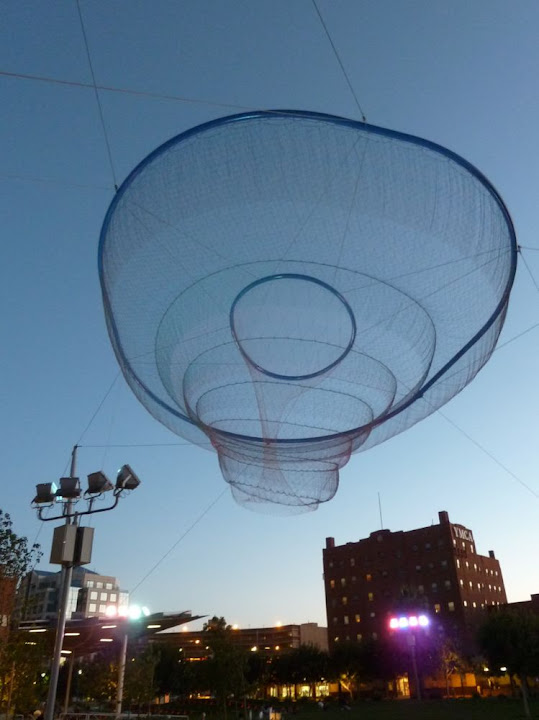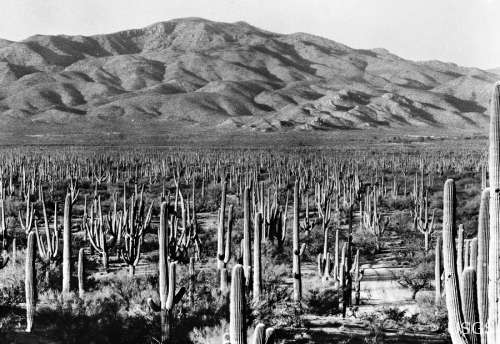underwater
This is not yet another post about scuba diving. Phoenix, Arizona is underwater. There was no flood here. The whole thing is strictly metaphorical: nearly 70% of all homeowners with mortgages owe more than their houses are currently worth. Prices dropped to half of what they were at the peak. That’s why people feel they are drowning.
This is of course just an illusion. It’s impossible to drown in a mirage on the desert and - even more importantly - the situation is not as dire as the numbers alone tell us. The fact that many people assume they have no choice but continue paying off their debt, doesn’t magically make their wildly optimistic home evaluation more real.
The mistake originates from perceiving house value as real money. At the peak of the boom so little downpayment was required that most buyers didn’t save for it. In many cases even if one paid a substantial downpayment, it wasn’t hard earned cash, but proceedings from the sale of the previous house.
With few exceptions of people who bought their dream house, intend to keep it for life and can still afford to do so, everybody else who’s underwater should simply walk away. Arizona is non-recourse state, which means that all the bank can reposes after foreclosure is a property securing the loan. The hardest part is accepting the loss of the downpayment. But if the downpayment had been the result of a previous home sale, it would have been wiped out anyway, if one decided to not to trade up.
Walking away is really a better, saner and more rational choice. Some think it’s immoral to break a contract like that. But the terms of not paying of your mortgage are clearly outlined in the papers that you signed. If the bank agreed that your house was worth what they lent you, let them have the house. If they didn’t think that, they were not honest when lending you the money and they just don’t deserve any better. Besides institutions don’t have any moral qualms about reneging on contracts, including mortgages, all the time. And the best thing about walking away is that it does not require any walking. At least not right away. You just stop paying monthly rate and wait for the bank to act, which can take a year or longer. In the meantime you live in the house rent-free saving money. It’s the only way to extract at least part of the equity that evaporated when the real estate bubble popped. On top of that federal tax on canceled debt has been temporarily suspended until 2012. There is even a chance that during multiple transfers of your mortgage bank lost some important documents and they cannot even prove that they own the title to your property, in which case they are in no position to foreclose on it (although that doesn’t stop them to try especially in Arizona where majority of foreclosures are non judicial). Again: not your problem.
To all the underwater homeowners in Phoenix: fire off a calculator, hire an attorney and prepare to move into a rental. You won’t be able to buy a new house for some time but you shouldn’t do that anyway until market settles at a lower, more reasonable level. And the sooner you walk, the sooner that happens. It really is the best thing you can do to free yourself and to restart the sputtering economy.

